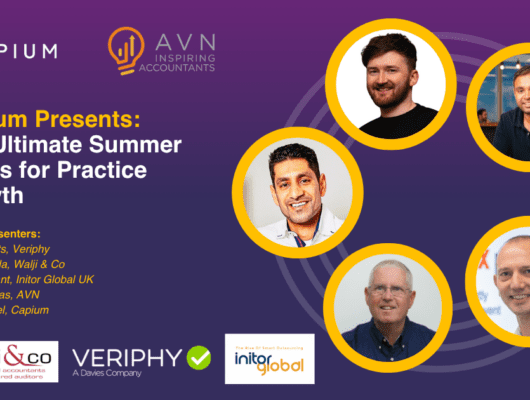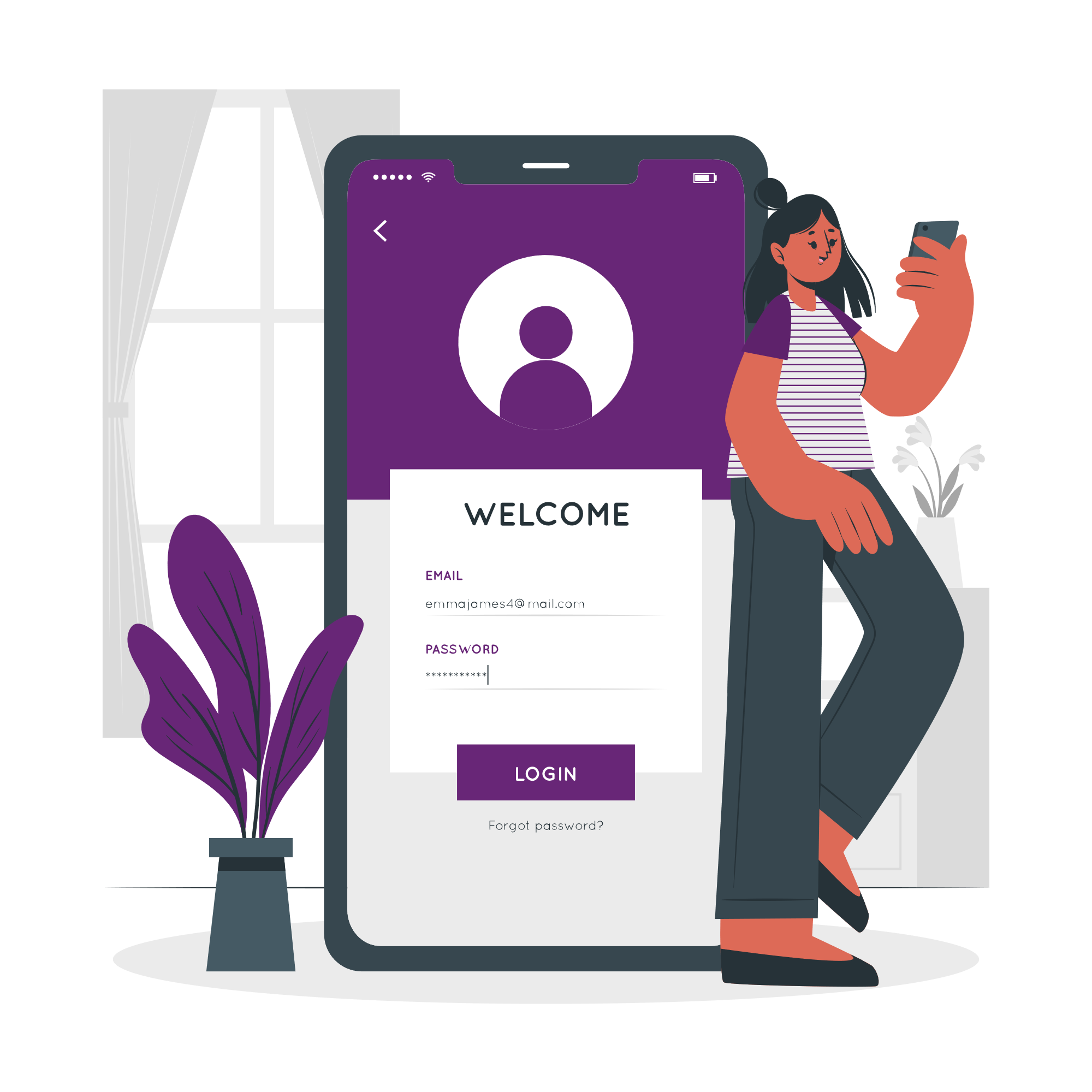If you’ve just been through yet another nightmare tax return season, compounded by the complexities of COVID-19 support, you might be thinking “never again.”
It’s easy to blame clients, isn’t it? You ask for their paperwork for the preceding tax year in, say, May and… nothing. They’ve got other things on their minds. And thinking back on the spring of 2020, that’s fair enough.
You chase them again in October, reminding them of the midnight deadline on 31 January, and just get, “Yeah, yeah, I’ll get round to it.”
Then they turn up on 28 January with the classic carrier bag full of receipts, in a panic, expecting you to perform wonders.
But let’s be honest, it’s not all on them. Accountants know how to put things off, too, including taking the time to overhaul their systems and processes to make their own lives easier in the long run.
Do you want to be one of those people saying “I wish I’d done this years ago” in 2023? If you want to get sorted now, in the closest thing you’re likely to get to a quiet period this year, here’s our advice on how smart software, automation and technology can make self-assessment less painful next year.
What does good look like?
First, you need to be able to prepare and submit income tax self-assessment returns for each client in one place – and get an instant readout of progress.
Which tax returns are underway, which have been submitted and which are stuck? If the software you’re currently using doesn’t provide a simple, easy-to-read dashboard, you’re making life harder for yourself.
Has HMRC received and verified each submission? We dread to think how many hours are wasted chasing up submissions the old-fashioned way, sitting next to the phone at 8am with the HMRC number on speed-dial. Our software integrates with HMRC to provide live updates on submission status in the main interface.
With Making Tax Digital for income tax self-assessment (MTD for ITSA) round the corner, you’ll also want your systems to be fully MTD-compliant even before they technically need to be, from April 2023.
Automate and integrate
More generally, as a point of principle, you need to avoid fudges, bodges and workarounds.
Start by getting your team together and talking through the sticking points in your current process and the systems you have in place at present. What are the frustrations? And how would things work in an ideal world?
It’s amazing how often people have a solution in mind but don’t articulate it because they assume it’s not possible, or that there’s no budget to implement it.
On a related point, people also often overlook features already built into the software they’re currently using. Once you’ve got your wishlist, get in touch with your vendor and read the manual, or online help. Time spent learning the deeper functions of your cloud accounting package is always a good investment.
If members of your team report that they’re spending time on repetitive tasks, those are prime candidates for automation. For example, the generation and submission of SA100, SA800 and SA900 forms is one of the built-in functions in Capium’s self-assessment module.
Finally, look out for points in the process where people are wasting time transferring data manually from one package to another. These days, most good accounting software is designed to integrate with other apps using one-click functions for exporting and importing data, or through native plugins.
Capium is designed as a one-stop accounting and practice management solution but it’s also made to play nicely with other packages on the market.
Client communications
One key thing you can automate is messaging, reminding and communicating with clients. This is more reliable and more efficient, freeing up the time of trained accountants to focus on processing returns.
Capium’s practice management module has an easy-to-use customer relationship management system (CRM) which includes the ability to send emails to clients on a set schedule, using templates.
Proactive clients comms, such as weekly or monthly emails, are also a great way to head off one of the biggest problems accountants faced in 2020: unscheduled phone calls from clients asking the same questions time and again.
If you’re asked something more than once, write a blog post or add it to your FAQs, and then send the link to your clients in your firm’s email newsletter.
Capium’s cloud accounting software has a dedicated self-assessment module. Book a demo today to see how we can make life easier for you.







